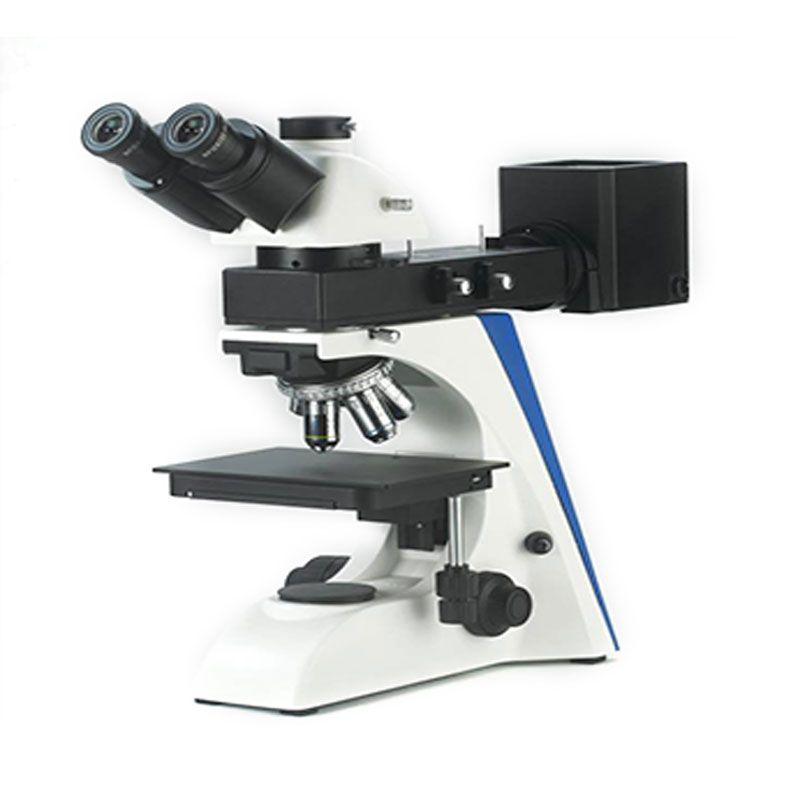What Are the Main Components of a Metallographic Microscope?

A metallographic microscope is composed of several key components working in harmony to produce magnified images of metal structures. These components include:
Optical System
l Eyepiece: The lens through which the observer views the magnified image.
l Objective lens: The primary lens system that magnifies the specimen.
l Tube lens: Connects the objective lens to the eyepiece and often includes optical components for image correction.
l Nosepiece: A rotating turret that holds multiple objective lenses for quick magnification changes.
Illumination System
l Light source: Typically a halogen or LED lamp that provides illumination.
l Reflector: Directs the light onto the specimen at an angle.
l Aperture diaphragm: Controls the amount of light reaching the specimen.
l Field diaphragm: Controls the size of the illuminated area on the specimen.
Mechanical Components
l Stage: The platform that holds the metallographic specimen.
l Focus controls: Mechanisms for adjusting the vertical position of the stage to focus the image.
l Stage movement controls: Allow for precise movement of the specimen in the X and Y directions.
Additional Components
l Polarizer and analyzer: Used in polarized light microscopy for studying anisotropic materials.
l Digital camera: Captures images for analysis and documentation.
l Image analysis software: For measuring and analyzing microstructural features.
- Art
- Causes
- Crafts
- Dance
- Drinks
- Film
- Fitness
- Food
- Spiele
- Gardening
- Health
- Startseite
- Literature
- Musik
- Networking
- Andere
- Party
- Religion
- Shopping
- Sports
- Theater
- Wellness


